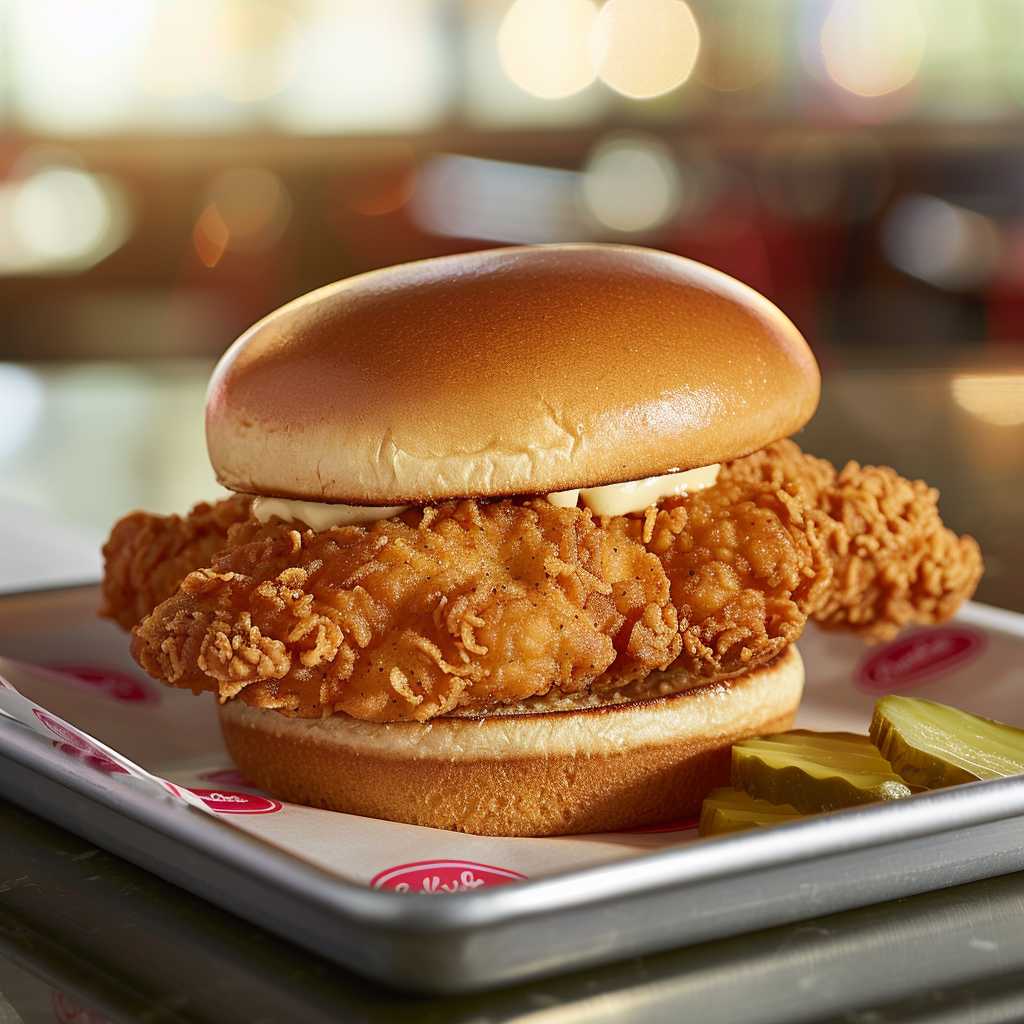Chick-fil-A’s Journey Toward Antibiotic-Free Chicken
Chick-fil-A, one of the largest fast-food chains in the United States known for its chicken sandwiches and waffle fries, has made significant strides in the area of food quality and customer health concerns. One of the critical steps the company has taken is its commitment to serving chicken raised without antibiotics across all restaurants nationwide. This decision aligns with a growing consumer demand for transparency and better practices in the sourcing of food.
Understanding Antibiotics in Poultry
Before delving into Chick-fil-A’s pledge, it is essential to understand why the use of antibiotics in poultry is a pressing issue. Antibiotics have been commonly used in animal agriculture to prevent disease and promote growth. However, this practice raises concerns about antibiotic resistance—where bacteria evolve to withstand these drugs, making them less effective for treating infections in humans.
To address these concerns, many consumers and public health advocates have been pushing for restaurant chains and food suppliers to reduce or eliminate the use of antibiotics in their meat supply chains.
Chick-fil-A’s No Antibiotics Ever Promise
Responding to these challenges, Chick-fil-A made a groundbreaking pledge in 2014: it announced plans to serve only chicken raised without antibiotics within five years. The company termed this commitment as “No Antibiotics Ever” (NAE), meaning that from the hatchery to the processing plant, no antibiotics of any kind would be administered to the chickens. This historic move made Chick-fil-A one of the first major quick-service restaurants to set a timeline for this type of shift.
The complexity of overhauling a supply chain, especially for a company of this magnitude, is considerable. To fulfill this promise, Chick-fil-A worked closely with its suppliers, helping them to adapt new practices and ensure compliance with the NAE standard.
Overcoming Supply Chain Challenges
Switching to an antibiotic-free supply required significant changes in animal husbandry practices. Suppliers needed to adopt better living conditions for the chickens, such as improved ventilation and more space, along with enhanced sanitation practices to prevent disease spread without relying on antibiotics as a crutch. Tracking and auditing systems had to be established to ensure enforcement.
Chick-fil-A also had to address possible impacts on pricing and availability during this transition. Ensuring that there were no interruptions in supply or significant price increases while accommodating the NAE standards demanded careful coordination with suppliers who met these criteria.
Impact on Industry and Public Health
Chick-fil-A’s decision had a ripple effect throughout the fast-food industry. Other companies began announcing similar plans to phase out antibiotics, indicating a shift in industry practices. By setting an example and proving that scaling up antibiotic-free policies is feasible, Chick-fil-A heightened industry standards and expectations surrounding food production practices.
Public health advocates have recognized such initiatives as steps in the right direction for managing antibiotic resistance risks. They argue that by reducing non-essential antibiotic use in food production, there will be less pressure driving bacteria to become resistant.
Compliance and Verification
The verification of Chick-fil-A’s claims about their No Antibiotics Ever chicken became an important part of their initiative’s credibility. The company ensures compliance through third-party audits and regularly communicates its processes and progress with customers interested in their environmentally friendly and health-conscious approach.
Moreover, faithful adherence to its NAE pledge provides a competitive edge by building trust with consumers focused on quality and ethical consumption.
Chick-fil-A’s Antibiotics Stance Today
As of today, Chick-fil-A has fully fulfilled its commitment across all restaurants nationwide. All chickens supplied are verified to be free from any antibiotics, foregrounding Chick-fil-A as not just a leader but also as an innovator within the fast-food arena.
Consumer Feedback and Market Response
The reaction from Chick-fil-A customers has been mostly positive, aligning with a broader demand for sustainably sourced food with fewer additives or chemicals. Meeting these consumer demands not only supports public health objectives but also fosters loyalty among customers who prioritize such values when choosing where they dine out.
